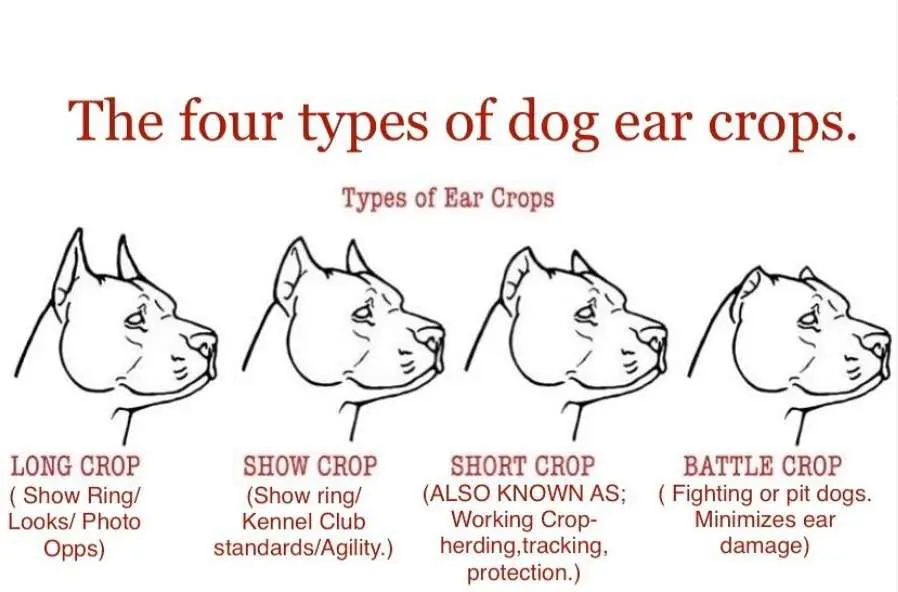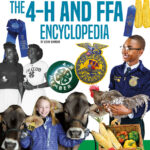Ear cropping, a surgical procedure performed on certain dog breeds, has sparked contentious debates among breeders, veterinarians, animal activists, and pet owners alike. While the practice has historical roots in the pursuit of breed standards and aesthetics, a growing body of evidence casts a different light—one that prioritizes the welfare and ethical treatment of animals. As society progresses, we must question: is ear cropping still considered animal cruelty in a world increasingly focused on welfare, or does it find a defensible place among traditional breed aesthetics?
To understand the nuances surrounding ear cropping, it’s essential to delve into its origins. The practice traces back to various purposes, from preventing ear infections to enhancing the dog’s ability to communicate effectively during hunting. In certain breeds, such as Doberman Pinschers, Boxers, and Cane Corsos, cropped ears became emblematic of a specific image—strong, alert, and ultimately more visually imposing. Yet, as the rationale for ear cropping has shifted, so has the conversation around its moral and ethical implications.
Modern veterinary medicine emphasizes the importance of informed consent and the welfare of the animal. Surgical interventions designed solely for aesthetic reasons challenge the very principles of humane treatment. In fact, many veterinarians now advocate against ear cropping, citing potential physical pain and psychological distress associated with the procedure. Anecdotal tales of pain associated with the recovery process add layers to these arguments. Dogs may experience discomfort, anxiety, and behavioral changes not only during the healing phase but throughout their lives. This raises an unsettling question: can the benefits of such procedures ever truly outweigh the potential harm inflicted?
On one side of the debate, proponents of ear cropping argue firmly for the continuation of breed standards. They contend that preserving specific looks is integral to maintaining heritage and identity among traditional breeds. Advocates highlight that these standards are often established through generations of selective breeding, and changing them enables a slippery slope whereby the aesthetic qualities of other breeds may also come under fire. However, this line of thinking necessitates scrutiny; is the identity of a breed worth potential suffering? Are we willing to prioritize looks over the well-being of living beings?
The growing sentiment in animal welfare circles leans heavily toward non-invasive practices, with an increasing number of countries enacting legislation to prohibit ear cropping since it does not significantly affect the dog’s health. For many localities, this shift indicates a movement towards embracing the natural state of the animal. If countries like the Netherlands and Denmark have banned the procedure, what options remain for advocates of breed standards that call for ear cropping? Are there alternative modifications or practices that can uphold the integrity of various breeds without compromising their welfare?
Several alternatives to ear cropping have emerged as more humane options. Techniques such as training methods to reinforce behavior, communications, and even unconventional approaches like ear taping offer solutions that do not require surgical intervention. For example, many pet owners are turning to ear taping methods that stabilize the ears in their natural form, allowing them to maintain their breed characteristics without inflicting harm. Therefore, the dialogue surrounding breed standards may need to evolve to accommodate these alternatives, aligning traditional aesthetics with contemporary welfare insights.
Echoing through this discourse is the potent reminder of the human-animal bond. We as humans have a unique responsibility to advocate for those who cannot voice their discomfort. The parameters of this bond extend beyond mere companionship; they delve into compassion for another being’s experience. When faced with the prospect of inflicting suffering for the sake of aesthetics, we must critically evaluate our motivations and choices. Can we reconcile the desire for a specific appearance with a commitment to animal welfare?
Nonetheless, the ongoing global conversation about the relevance of breed standards is nuanced. Groups championing the breed’s aesthetic appeal argue that by upholding such standards, they keep breeders accountable and promote a specific lineage of dogs—often laden with historical significance. The key challenge lies in finding a balance. A proposed solution involves working collaboratively with breed organizations to reconsider the standards, seeking a path that marries historical precedent with modern ethical considerations.
In conclusion, the question of whether ear cropping constitutes animal cruelty cannot be answered in absolute terms. Instead, it exists within a spectrum of ethical queries regarding the evolution of dog breeding practices. The continued dialogue between animal welfare advocates, breeders, and the medical community remains crucial. As we embrace a more compassionate approach to our relationships with animals, it is imperative to reflect on our choices critically. Are we, as custodians of living beings, ready to redefine what breed standards entail in the interest of welfare? Only through open discussions and a willingness to adapt can we hope to navigate these divided opinions and prioritize the interests of our four-legged companions.







